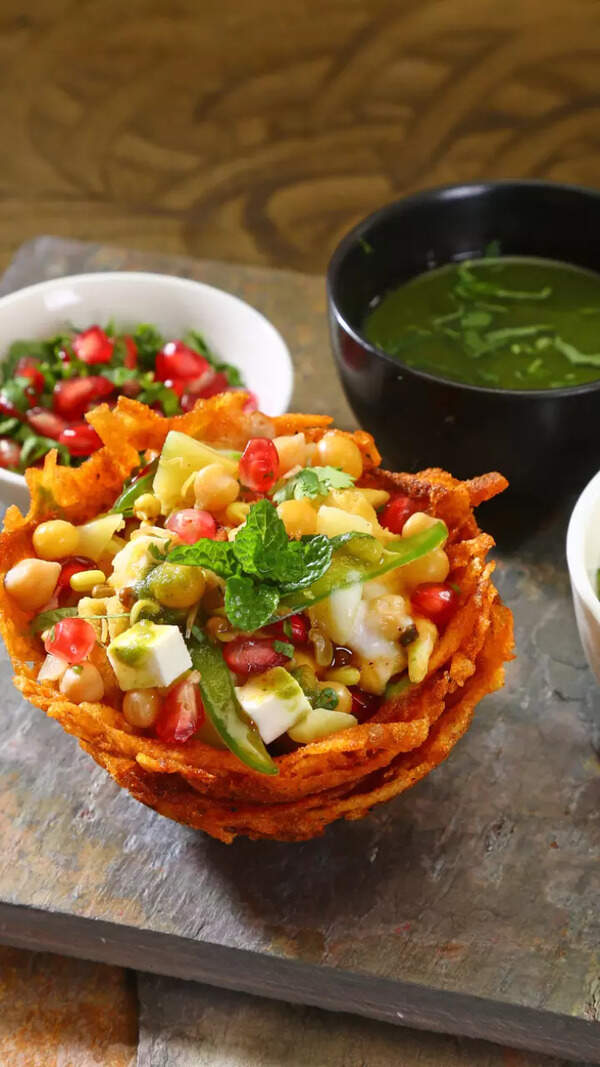- News
- lifestyle
- health-fitness
- health-news
- Viral video fact-check: Snake biting raw tomatoes in farms makes them poisonous?
Trending
Viral video fact-check: Snake biting raw tomatoes in farms makes them poisonous?
A viral video depicts a snake biting into a tomato, raising concerns about venom contamination. Experts advise against eating fruits or vegetables bitten by animals due to potential zoonotic pathogens. Snakes are carnivorous and primarily consume meat, making them unfit to digest plant matter like fruits or vegetables. Read the article to know more.

Image: Instagram
The video of a snake biting into a tomato might be the last thing you would want to see. This video is going viral over the internet and what's even more concerning are the tags and captions that are posted describing the video.
Several accounts that have posted this video claim that after biting, the snake's venom gets inside the tomato and this is harmful for human beings.
While it is visible that the snake is biting into the tomato, what many are missing is that the snake is trapped under a stick. It seems as if the snake is trying to escape and is biting on to the tomato to free itself from the trap.
Can snakes bite into vegetables and make it poisonous?
While much is not known about snakes eating vegetables or fruits, but as a general practice it is not advisable to eat fruits and vegetables that have been half eaten or even bitten by an animal or a bird. COVID, Nipah and other such infectious diseases are a proof that food products that have been consumed by animals should be discarded. Many animals are carriers of infection causing zoonotic pathogens and infect human beings easily.
One Instagram user (Deepak Kiran) explains: Drinking snake venom is generally safe if there are no cuts or sores in your mouth, throat, or digestive tract, as venom is usually harmless when ingested. This is because venom primarily affects the bloodstream or nervous system when injected directly into the body via a bite. The digestive system, in contrast, breaks down venom proteins much like it does other proteins.
However, this doesn’t mean it’s entirely risk-free. If venom comes into contact with an open wound in the digestive tract or if someone has ulcers, it could potentially enter the bloodstream and cause harm. Additionally, certain potent venoms can still cause irritation or other complications.
Venom and poison are often confused. Venom must be injected to be harmful (through bites or stings), while poison is harmful when ingested, inhaled, or touched.
Snakes are entirely carnivorous animals and do not eat vegetables and fruits. Instead, their diet is primarily meat, such as small mammals, birds, eggs, insects, and other reptiles. Depending on the species, some snakes would even eat fish, frogs, or even other snakes. The whole mechanism of their digestive system is for digesting animal-based proteins and fats, and so they are unfit to have plant matter.
Snakes hunt in different ways, some by constriction, while others use venom, and they swallow their prey whole due to their elastic jaws. Since they require animals to provide their nutrients, snakes do not have digestive enzymes that aid them in digesting plant products, such as fruits and vegetables. Even though they are considered household pets, snakes can only be fed diets that reflect their instincts, such as feeding mice or insects depending on the species. Being predators, snakes do not have a need or potential to consume any type of plant food.
To clean vegetables and fruits before eating, rinse them thoroughly under running water to remove dirt, pesticides, and bacteria. For firm produce like apples or potatoes, use a brush to scrub the surface. Soak leafy greens in a bowl of cold water, gently swishing to dislodge debris. For produce like berries, rinse them under a gentle stream of water and pat dry. You can also add a tablespoon of vinegar or salt to the water for an extra layer of cleansing, though it’s not always necessary. Avoid using soap or harsh chemicals, as they may leave harmful residues.
Several accounts that have posted this video claim that after biting, the snake's venom gets inside the tomato and this is harmful for human beings.
While it is visible that the snake is biting into the tomato, what many are missing is that the snake is trapped under a stick. It seems as if the snake is trying to escape and is biting on to the tomato to free itself from the trap.
Can snakes bite into vegetables and make it poisonous?
One Instagram user (Deepak Kiran) explains: Drinking snake venom is generally safe if there are no cuts or sores in your mouth, throat, or digestive tract, as venom is usually harmless when ingested. This is because venom primarily affects the bloodstream or nervous system when injected directly into the body via a bite. The digestive system, in contrast, breaks down venom proteins much like it does other proteins.
However, this doesn’t mean it’s entirely risk-free. If venom comes into contact with an open wound in the digestive tract or if someone has ulcers, it could potentially enter the bloodstream and cause harm. Additionally, certain potent venoms can still cause irritation or other complications.
Venom and poison are often confused. Venom must be injected to be harmful (through bites or stings), while poison is harmful when ingested, inhaled, or touched.
Snakes are entirely carnivorous animals and do not eat vegetables and fruits. Instead, their diet is primarily meat, such as small mammals, birds, eggs, insects, and other reptiles. Depending on the species, some snakes would even eat fish, frogs, or even other snakes. The whole mechanism of their digestive system is for digesting animal-based proteins and fats, and so they are unfit to have plant matter.
Snakes hunt in different ways, some by constriction, while others use venom, and they swallow their prey whole due to their elastic jaws. Since they require animals to provide their nutrients, snakes do not have digestive enzymes that aid them in digesting plant products, such as fruits and vegetables. Even though they are considered household pets, snakes can only be fed diets that reflect their instincts, such as feeding mice or insects depending on the species. Being predators, snakes do not have a need or potential to consume any type of plant food.
Clean vegetables and fruits properly before eating
End of Article
FOLLOW US ON SOCIAL MEDIA











